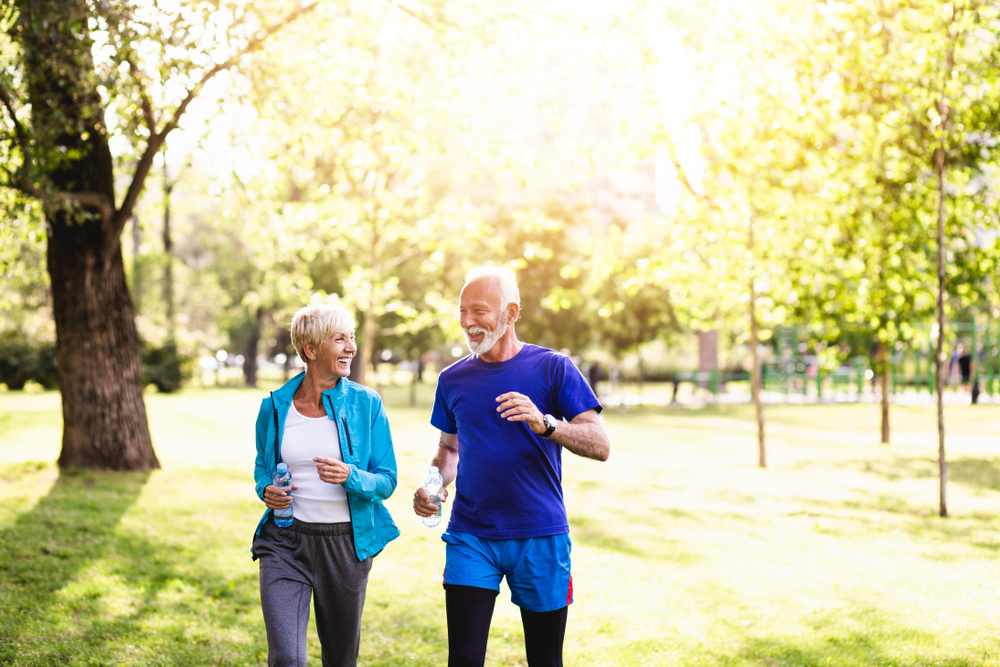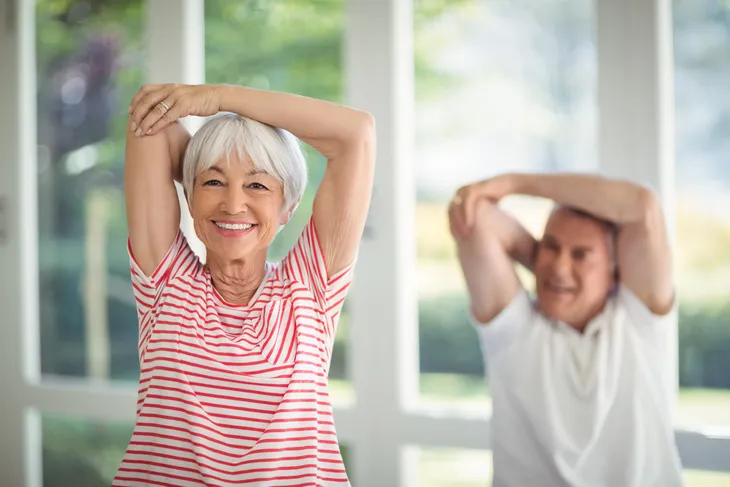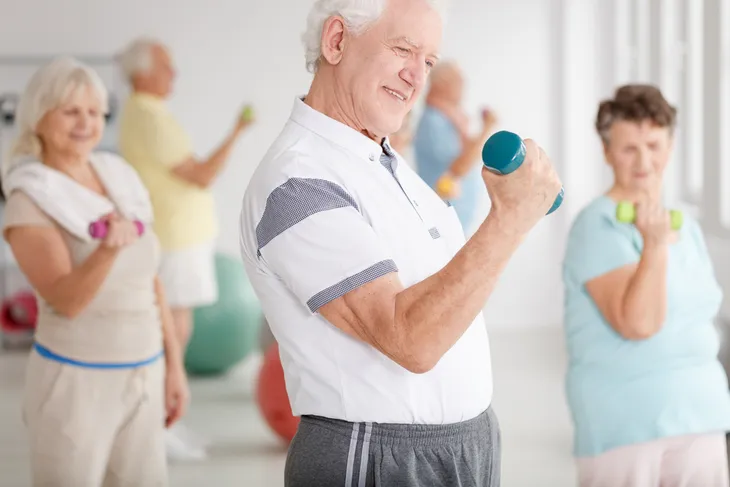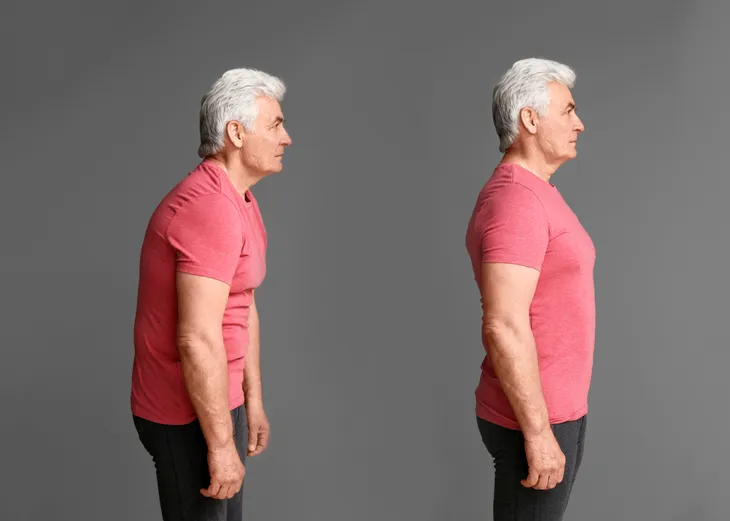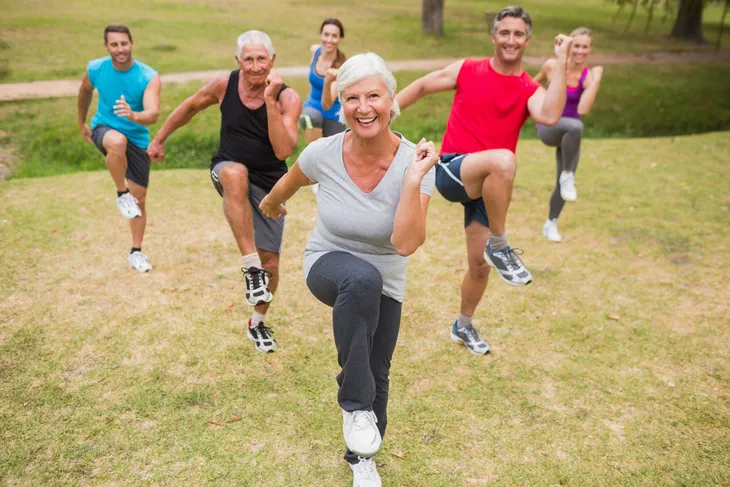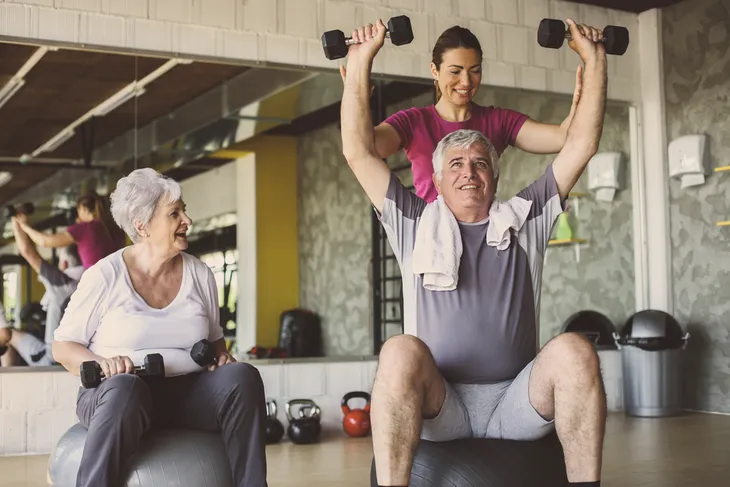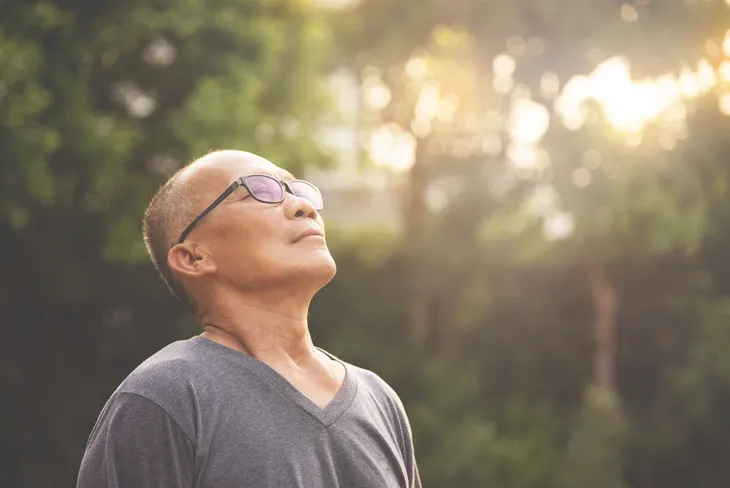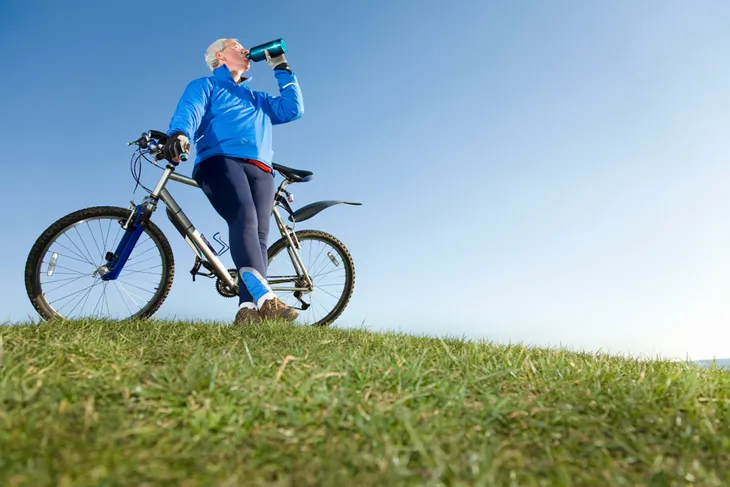There are many benefits of regular exercise for seniors such as maintaining strong joints and building strong muscles. But that’s not all, exercise can promote heart and lung health and can even help you manage chronic conditions like high blood pressure. When combining regular exercise with a balanced diet, you can stay fit and feel strong which all plays a role in increasing your quality of life.
The Centers for Disease Control and Prevention (CDC) recommends that seniors get at least 30-minutes of moderate-intensity aerobic activity, such as brisk walking, five days a week. Whether you’re already physically active or are determined to get back into a healthy routine there are some things you need to be mindful of. Check out these 10 common mistakes most seniors make that you’ll want to avoid!
Want senior content delivered straight to your inbox? Sign up for our exclusive email list and receive articles and news on diet & nutrition, fitness, and mental health dedicated specifically to our senior audience!
You Skip the Warm-Up
If you want to complete your workout pain-free and reduce the risk of feeling soreness afterward then a warm-up is essential. Many people skip the warm-up because they think it isn’t important but it can help a lot and may even reduce your risk of injury.
This is because a warm up increases the body’s temperature, increases blood flow to your muscles, and prepares your joints and muscles for your exercises. For a proper warm up, start with five to 10 minutes. It would also be best to perform the same movements as your chosen exercise but at a slower pace. For example, if you plan on going for a brisk walk start by warming up with a slow walk for five to 10 minutes.
You Skip the Cool Down
Just like the warm-up, the cooldown is just as important. After completing your exercise your body temperature is higher, your heart rate is usually elevated, and your blood vessels are dilated. Stopping too quickly after your workout could cause you to feel dizzy, sick, light-headed, and you could even pass out.
A cool-down should last about two to five minutes and the goal is to get your heart rate close to resting. A great example of a cool down is to walk after jogging.
You Stretch at the Wrong Time
Static stretching can be great for your muscles but many people make the mistake of stretching before the workout. It’s recommended that static stretching should happen after the workout when you’re cooling down. This is because your muscles and joints are still warm and pliable. Stretching post-exercise is also a great way to bring your heart rate down and bring your body back to a resting state.
Stretching can also help reduce the buildup of lactic acid which will reduce muscle cramping and stiffness. Start with stretching your major muscles and be sure to focus on the muscles you worked during your workout too.
You’ll want to hold each stretch for about 10 to 30 seconds. It’s important to note, it’s normal to feel a bit of discomfort when stretching but it should never be painful. Check out Mayo Clinic’s guide to stretching
You Have Improper Form
Regular physical activity is an important part of a healthy lifestyle. That said, if you have poor form when working out, you can actually do more harm. Things like bending your knees past your feet during a squat or placing too much weight on your wrists during a push up can all make your workout less effective.
Some great ways to prevent this is to always look in a mirror during the exercise to ensure you’re maintaining proper form. You may also want to hire a personal trainer to help teach you how to properly perform different types of exercises. If you’re lifting weights you may also want to start with using lighter weights or even no weights at all until you have mastered the movement of each exercise.
You Don’t Correct Muscle Imbalances
Just like correcting improper form, correcting imbalances is very important too. Many seniors can suffer from muscle imbalances due to years of poor posture and old injuries. A muscle imbalance can affect your workout because leaning on one side can cause strain and can even hinder your mobility.
Thankfully, with the right type of exercise, many muscle imbalances can be fixed. Be sure to address any muscle imbalances before beginning a workout program.
Wrong Workout Intensity
High-intensity workouts can burn more calories in less time compared to other types of exercises. However, seniors should be mindful that these types of workouts aren’t for everyone. Many adults slow down as they age which often means they aren’t working out the same way they were when they were younger. If you’re not used to high-intensity workouts, you may experience shortness of breath, dizziness, pain, and excessive fatigue.
Furthermore, if you’re not used to these types of exercises, you could injure yourself. With that in mind, avoid getting hurt by starting slowly and be sure to increase your level of intensity at a gradual pace. Check out these easy exercises for seniors!
You Only Focus On Cardio
Aerobic exercises such as walking, swimming, running, and cycling are great ways seniors can stay active. Better yet, these types of exercises may even lower your risk of heart disease, certain cancers, help prevent the onset of dementia, and can lower your blood pressure. However, if you only focus on cardio exercises you’ll be missing out on the benefits of resistance and strength training.
While you may not be benching the same weight you did when you were in your 20s, strength training is still just as important when you’re a senior. Strength training can help improve bone density, can build muscle mass and strength, and help you gain more mobility.
Make sure you start slowly and gradually increase your weights and exercises. It would also be a good idea, to begin with, two 30-minute strength workouts per week. Some great strength-building exercises for seniors include chair squats, wall pushups, bicep curls, tricep extensions, and arm raises.
You Hold Your Breath
Have you ever been in the middle of a rep and realized you were holding your breath? You’re not alone, many people do this. But holding your breath isn’t great for your workout or your health. It could even cause your blood pressure to rise which can result in nausea and dizziness.
Proper breathing can enhance your workout, make you feel calmer, and will help you engage all of your muscles. In the long term, proper breathing can help improve blood circulation, help your muscles produce less carbon dioxide, and will maximize your workout. Like all things, proper breathing just takes practice!
Your Workouts Are Too Easy
As a senior, it’s important to stay safe while working out to prevent injuries. However, if you feel comfortable while working out it might be time to increase the intensity. Afterall, strengthening your joints and bones and building muscle mass is increased through effort.
Whether you’re going for a brisk walk or lifting weights at the gym, you should always challenge yourself. Try and set goals for yourself such as aiming to walk a further distance or at a faster pace. When strength training, your last few repetitions should be a struggle but still doable. If you’re flying through your workout with ease, it’s really time to step it up!
You Don’t Drink Enough Water
Staying hydrated plays an important role in living a healthy lifestyle but it’s even more important when you’re working out. Dehydration can happen when you lose more fluids than you drink. Some signs include lightheadedness, dizziness, muscle cramps, lack of sweating, and a fast heartbeat.
Drinking enough water before, during, and after your working is so important. Water will help regulate your body temperature and lubricate your joints. Since everyone is different, there aren’t definite rules when it comes to how much water you should drink while exercising. Although, some things to consider are how much you sweat, the humidity of your environment, and how long you’re exercising for.
Here are the basic guidelines the American Council on Exercise suggest:
- Drink 17 to 20 ounces of water two hours before you start exercising.
- Drink 7 to 10 ounces of fluid every 10 to 20 minutes during exercise.
- Drink 16 to 24 ounces of fluid for every pound of body weight lost after exercise.
